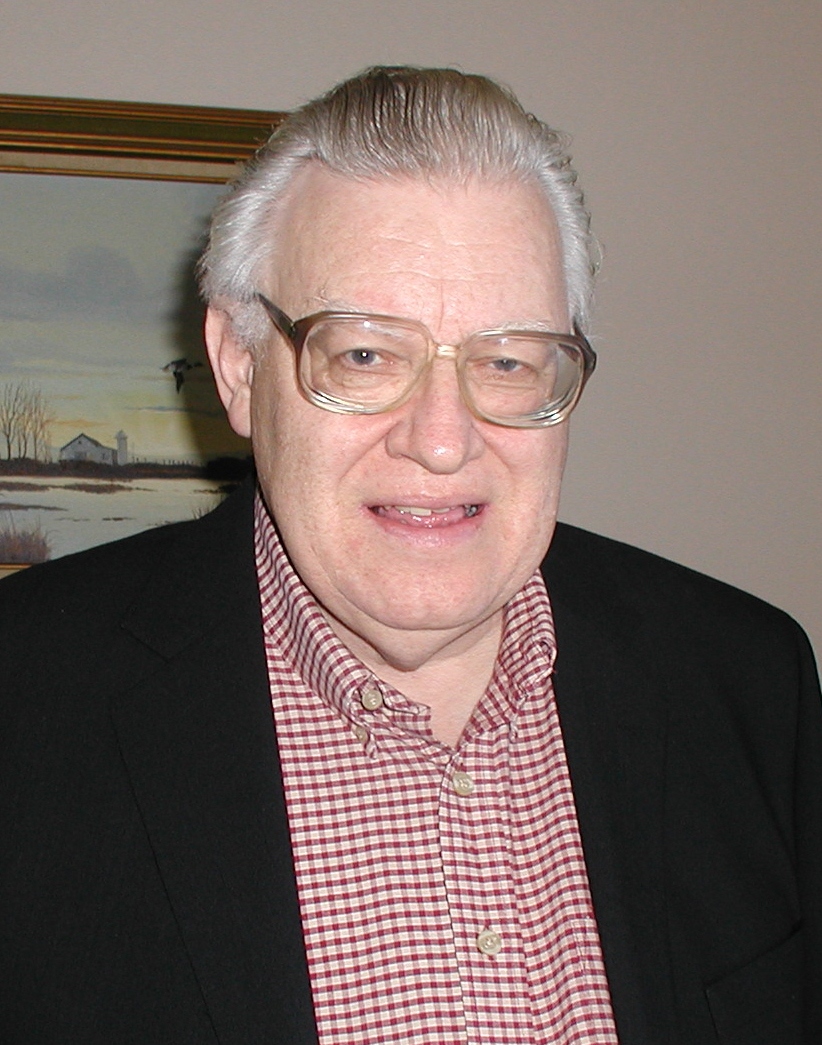- Prediction of the Masses of Every Particle, Step 1 (2010) [Updated 1 decade ago]
- An Update on g / 2 Factors (2010) [Updated 1 decade ago]
- Prediction of the Masses of Charged Leptons (2009) [Updated 1 decade ago]
- A New Way to Calculate Electron and Muon g/2-factors (2006) [Updated 8 years ago]
- Prediction of the Masses of Every Particle, Step 1 (2010) [Updated 1 decade ago]
The masses of charged leptons, the pion family, and the neutron family are here calculated, and the way is thereby paved for the calculation of the masses of every particle. This feat is not possible in the Quark Model, the Standard Model, the String Theory, or the Many-Dimensional Theory. It becomes possible only with the ?Electrino Hypothesis'; namely, that the ?fractional charges' used in modeling should be ?e/2, ?e/4, and ?e/8, and not the ?2e/3 and ?2e/3 used in the Quark Hypothesis. This Electrino Hypothesis is the basis for the far-reaching theory ?Electrino Fusion Model of Elementary Particles'. All that is used in this paper is the Electrino Hypothesis and algebra. All calculations are for either two-body problems or single-body problems. All particle bonds are assumed to be orbital bonds.
The derivation from first principles of the masses of three infinities of particles in this paper is a great test of the Electrino Fusion Model of Elementary Particles. Additional experimental tests for the Electrino Hypothesis are referenced in this paper also. It would take only a couple handfuls of newly discovered and measured particles to test the theory. These particles might be discovered soon at a new high-energy proton accelerator at CERN.
In the theory here set forth, electrinos (octons, quartons, semions, and unitons) are all trapped at or faster than the speed of light, and cannot go slower than the speed of light, so cannot be detected directly. Therefore the basis of the theory is more mathematical than physical, derived from first principles. Yet the model makes several physical predictions?the masses of two as yet unobserved charged leptons, two members of the pion family, and two members of the neutron family. They are all predicted to about three place accuracy.
- An Update on g / 2 Factors (2010) [Updated 1 decade ago]
The traditional use of g-factors of charged leptons is in calculating the precession in their spins. The present authors have another use for them; namely in deriving the masses of elementary particles from first principles. No such derivation is complete without the appropriate g/2-factor for the particle in question. Thus it is appropriate that a paper on g/2-factors accompany a paper deriving the masses of elementary particles. This companion paper presents the advances in the science of g/2-factors since an earlier work published in 2006.
- Prediction of the Masses of Charged Leptons (2009) [Updated 1 decade ago]
Until now, the masses of elementary particles have been locked in mystery. A new crack in the door has been opened. The masses of charged leptons may now be predicted from first principles. The situation is in many ways analogous to the Bohr Model of energy states in hydrogen. But there are significant differences: the charged leptons are not according to the Quark-Lepton Model. According to a new Electrino Model of Elementary Particles, charged leptons are composed of two half charges called semions orbiting about each other in such deep potential wells that we have no way of blasting them apart. But the force due to their electric charge balances their centrifugal force as in Bohr?s Model. Also the semions go faster than the speed of light, reversing the sense of their electric force and their potential energy. The orbiting semions are in black holes, and are in the event horizons only in the case of electrons. The particles are miniature black holes. They react to the outside world through different powers of the Fine Structure Constant.
- A New Way to Calculate Electron and Muon g/2-factors (2006) [Updated 8 years ago]
The electron and muon g/2 factors are currently known to two terms: 1 - (alpha)/2(pi). The author, in this paper, shows how to increase the accuracy by an infinite series of terms for both electron and muon g/2 factors. The terms are calculated from a new model of particle physics. A brief synopsis of this model is presented in this paper. The model is a boson-aether theory of particle physics. In the model, symmetric smooth particle distributions cannot have detectable spin. Charge is divided into 1, 1/2, 1/4, and 1/8 times e, rather than 1/3 and 2/3 times e, as in quarks. Orbiting charges in particles form current loops. There are two ways to increase the current in the loops: 1) make the charges travel faster, and 2) make the loops smaller. Nature appears to employ the latter in the hierarchy of particles. All particles are miniature black holes. Each higher order particle is smaller?a higher order black hole. In all particles with orbits, the charges orbit at light speed c?at the event horizon of the black hole. However, the addition of gravitational radial aether velocities makes the total speed of the charges hyper-optic. Hyper-optic speed charges have their forces reversed due to relativity, making like charges attract. The model, if tested and proved, would largely impact physics.


